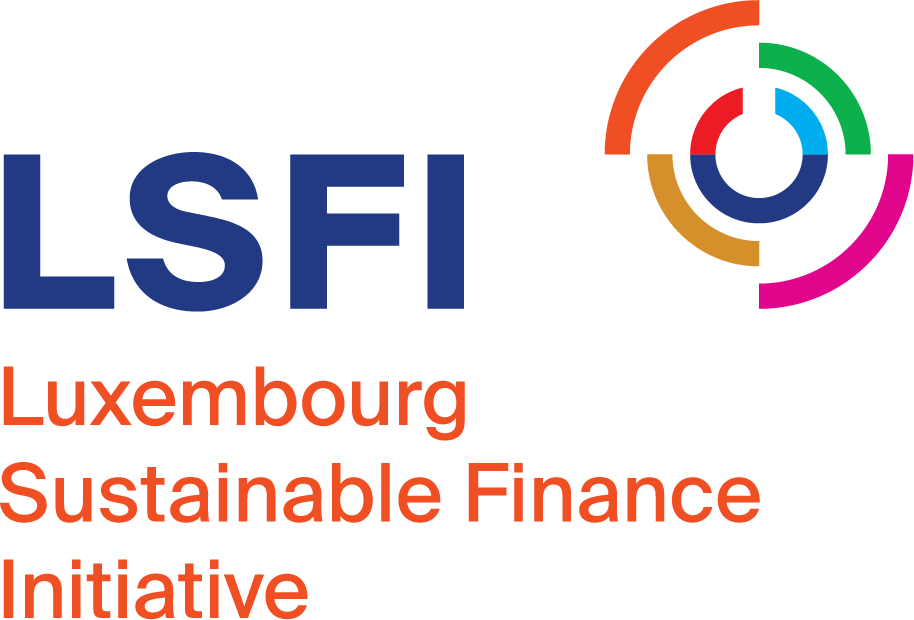What are the key sustainable finance trends and challenges in Europe – and what lies ahead? This month, we interviewed Britta Borneff, Director of Events, Communication, and Business Development at ALFI, following the release of the ALFI European Sustainable Investment Funds Study.
We discussed the study’s key takeaways, what is needed at the regulatory level to support the continued growth of sustainable finance in Europe, and how the sustainable finance landscape might evolve in the coming years.
Inside Europe’s Sustainable Investment Landscape

Britta Borneff, Director of Events, Communication, and Business Development at ALFI
As Europe solidifies its position as a global leader in sustainable finance, the third edition of the ALFI European Sustainable Investment Funds Study, produced in collaboration with Tameo and Morningstar, sheds light on key trends, challenges, and opportunities in this sector which is evolving very fast. Despite gales sometimes blowing in different directions, we see that there is growing demand for sustainable investment solutions. Understanding the current landscape, then, is crucial for industry professionals looking to navigate sustainable investing. Our study is aiming, precisely, at that.
LSFI: What key takeaways emerge from ALFI’s European Sustainable Investment Funds Study?
Britta Borneff: The 2024 ALFI study confirms Europe’s prominence in sustainable finance, with approximately EUR 2.2 trillion in sustainable assets. What stands out is the growth despite regulatory challenges, and the increasing demand for transparency and reliable ESG data. The study clearly highlights Luxembourg’s role as a hub for responsible investing, thanks to its robust regulatory framework. However, it also emphasises the need for more harmonised standards to align Europe’s practices with global sustainability goals.
LSFI: What are the main challenges or barriers currently facing the sustainable investment funds sector in Europe?
BB: The sector faces challenges such as regulatory misalignment, a lack of universally accepted standards for what qualifies as “sustainable” or “impactful”, data quality and availability, and the challenge of measuring long-term impact. Addressing the challenges facing sustainable investment funds requires a combination of regulatory clarity, market evolution, and stakeholder collaboration.
LSFI: What is needed at regulatory level to support the continued growth of sustainable finance in Europe? Which areas still require improvement?
BB: Europe needs greater clarity and consistency in disclosure requirements to reduce ambiguity and ensure consistent application across jurisdictions. The EU Taxonomy and SFDR are steps in the right direction, but there’s still confusion about what qualifies as a “sustainable” investment. We also need better enforcement to ensure compliance and boost investor trust. Closing data and supervision gaps and simplifying overly complex frameworks will not only reinforce Europe’s leadership, but also make sustainable finance a core pillar of a more resilient, inclusive, and green economy.
LSFI: Given the current geopolitical environment, how do you foresee the sustainable investment fund landscape evolving over the next years—particularly in terms of innovation, regulation, and investor expectations?
BB: Despite global headwinds, Europe is well positioned to retain its leadership in sustainable finance. The investment landscape is set to become more innovative, driven by growing demand for climate-aligned and ESG-integrated solutions. Geopolitical shifts may lead to more region-specific sustainability frameworks, reshaping investment strategies. On the regulatory front, Europe is expected to continue refining its standards, enhancing transparency and fostering green innovation. Meanwhile, investor expectations are also evolving toward long-term value creation and measurable impact. As a result, sustainable finance is becoming not only a moral imperative but a strategic necessity key to building resilient portfolios that align financial returns with broader societal goals.
*****
To summarise, the sustainable investment fund landscape in Europe is set to grow. However, its long-term success will depend on ongoing innovation, regulatory clarity, and meaningful investor engagement. As challenges persist, the industry must remain agile while reinforcing its leadership in responsible investing and aligning financial goals with positive societal impact.





